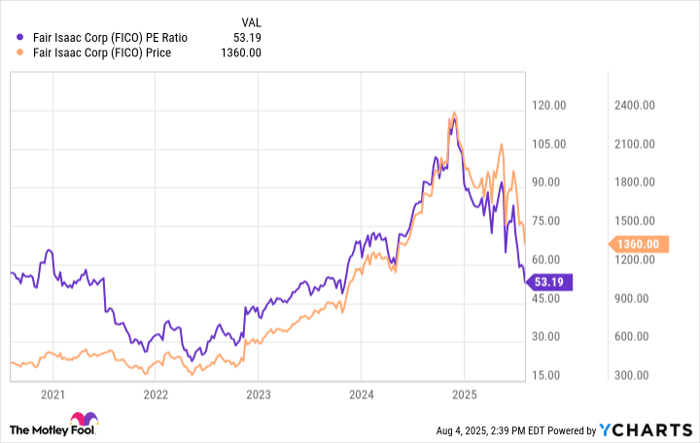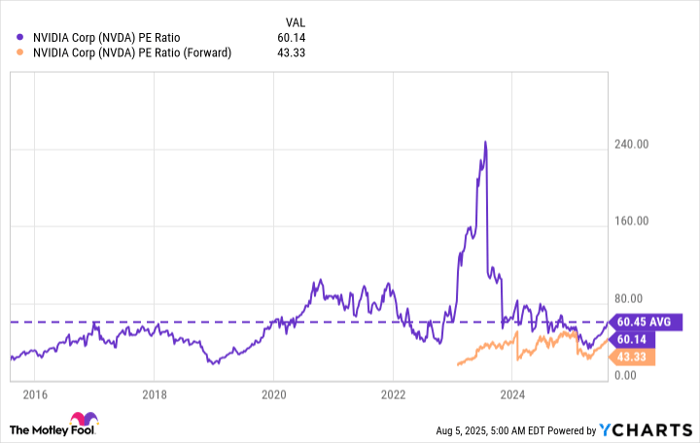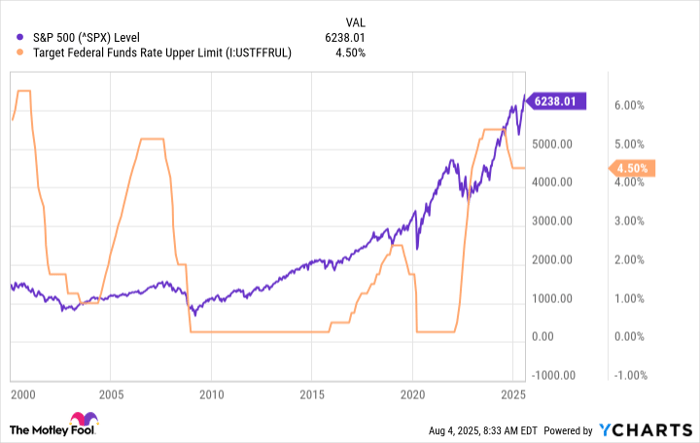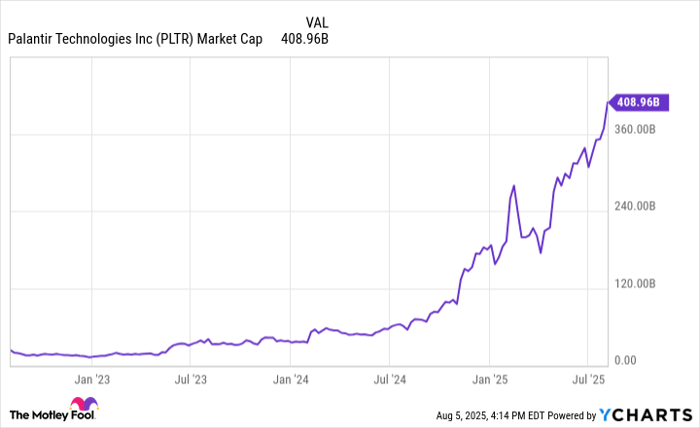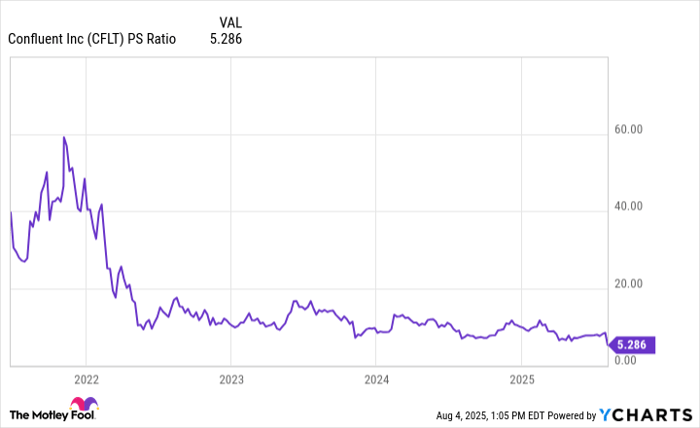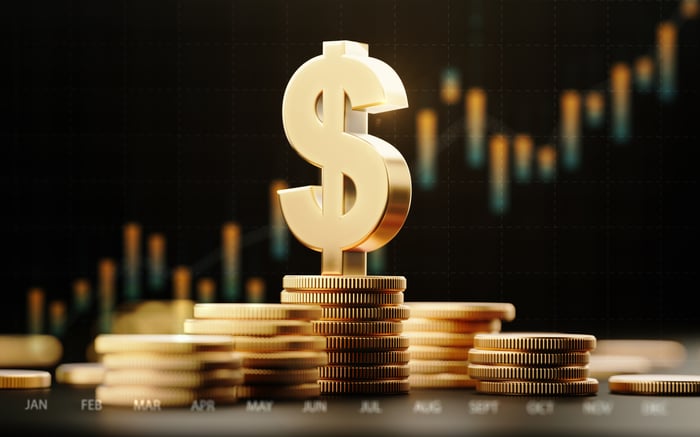This Is the Average Social Security Benefit for Age 65
Key Points
There are actually multiple average Social Security benefits for age 65.
You could increase your benefits by waiting until 67 or later to claim Social Security.
Regardless of your benefit at age 65, it's probably not going to be enough to enjoy a comfortable retirement.
Throughout much of Social Security's history, 65 was the magic age for retirement. Waiting to retire until you reached 65 ensured that you'd receive your full benefits. That's no longer the case. Beginning in 2026, the full retirement age will officially be 67 after several decades of gradual increase.
However, 65 remains a popular age to claim Social Security retirement benefits. One reason why is that it's still the eligibility age for Medicare. But how much could you expect to receive if you begin collecting Social Security at 65?
Where to invest $1,000 right now? Our analyst team just revealed what they believe are the 10 best stocks to buy right now. Learn More »

Image source: Getty Images.
Multiple averages
The latest annual statistical supplement published by the Social Security Administration (SSA) includes lots of data. There are actually multiple average Social Security benefits for age 65, because Social Security has multiple types of benefits. We're focused only on retired worker benefits, though.
The average monthly Social Security benefit for a retired worker aged 65 listed in SSA's report was $1,563.06. That translates to $18,756.72 annually.
However, there is a disparity between the sexes. The average monthly benefit for men was $1,733.08, well above the average monthly benefit for women of $1,409.73. This difference is due to higher average earnings for men.
Keep in mind, though, that the actual averages in August 2025 are almost certainly higher than those numbers. SSA's most recent annual statistical supplement was released in December 2024. Moreover, its figures were based on data from one year earlier.
How much you'll forego by retiring at 65
The amount of benefits you'll receive if you retire at age 65 might not be anywhere close to the average. Your retirement benefit hinges on how much you made during the 35 years of your highest earnings. However, whatever your benefit amount is from retiring at 65, you can calculate how much you're foregoing by retiring before the full retirement age of 67.
Social Security will reduce your benefit by five-ninths of 1% for each month you retire before your full retirement age, up to a maximum of 36 months. If you retired exactly at age 65 and your full retirement age is 67, you'll receive roughly 86.7% of the benefits you'd get if you had waited until 67.
You could be giving up even more than that, though. How? Social Security offers delayed retirement credits for individuals who hold off on claiming retirement benefits until after their full retirement age. For anyone born in 1960 or afterward, your retirement benefit will be increased by two-thirds of 1% for each month you delay claiming benefits. That equates to an annual increase of 8% per year through age 70.
How much money would you forgo claiming retirement benefits at 65 versus waiting until 70? Your Social Security benefit would be a whopping 43.1% higher if you held off until 70 instead of collecting benefits at 65.
Securing greater retirement security
Regardless of what your Social Security benefit will be if you claim at age 65, it's probably not going to be enough to enjoy a comfortable retirement. You'll need to take other steps to secure greater retirement security.
Some retirees will receive money from pension plans. However, pensions aren't nearly as common now as they used to be. In 2024, only 15% of workers in private industries had pension plans, according to the U.S. Bureau of Labor Statistics. If you're not in that group, it's important to save as much as possible for retirement in tax-advantaged accounts such as IRAs and 401(k) plans.
The good news is that most people can contribute to IRAs. Many U.S. employers also offer 401(k) plans or similar retirement plans. And with around 98% of companies with a 401(k) plan also offering matching contributions, saving to supplement your Social Security retirement benefits can be even easier.
The $23,760 Social Security bonus most retirees completely overlook
If you're like most Americans, you're a few years (or more) behind on your retirement savings. But a handful of little-known "Social Security secrets" could help ensure a boost in your retirement income.
One easy trick could pay you as much as $23,760 more... each year! Once you learn how to maximize your Social Security benefits, we think you could retire confidently with the peace of mind we're all after. Join Stock Advisor to learn more about these strategies.
View the "Social Security secrets" »
The Motley Fool has a disclosure policy.







